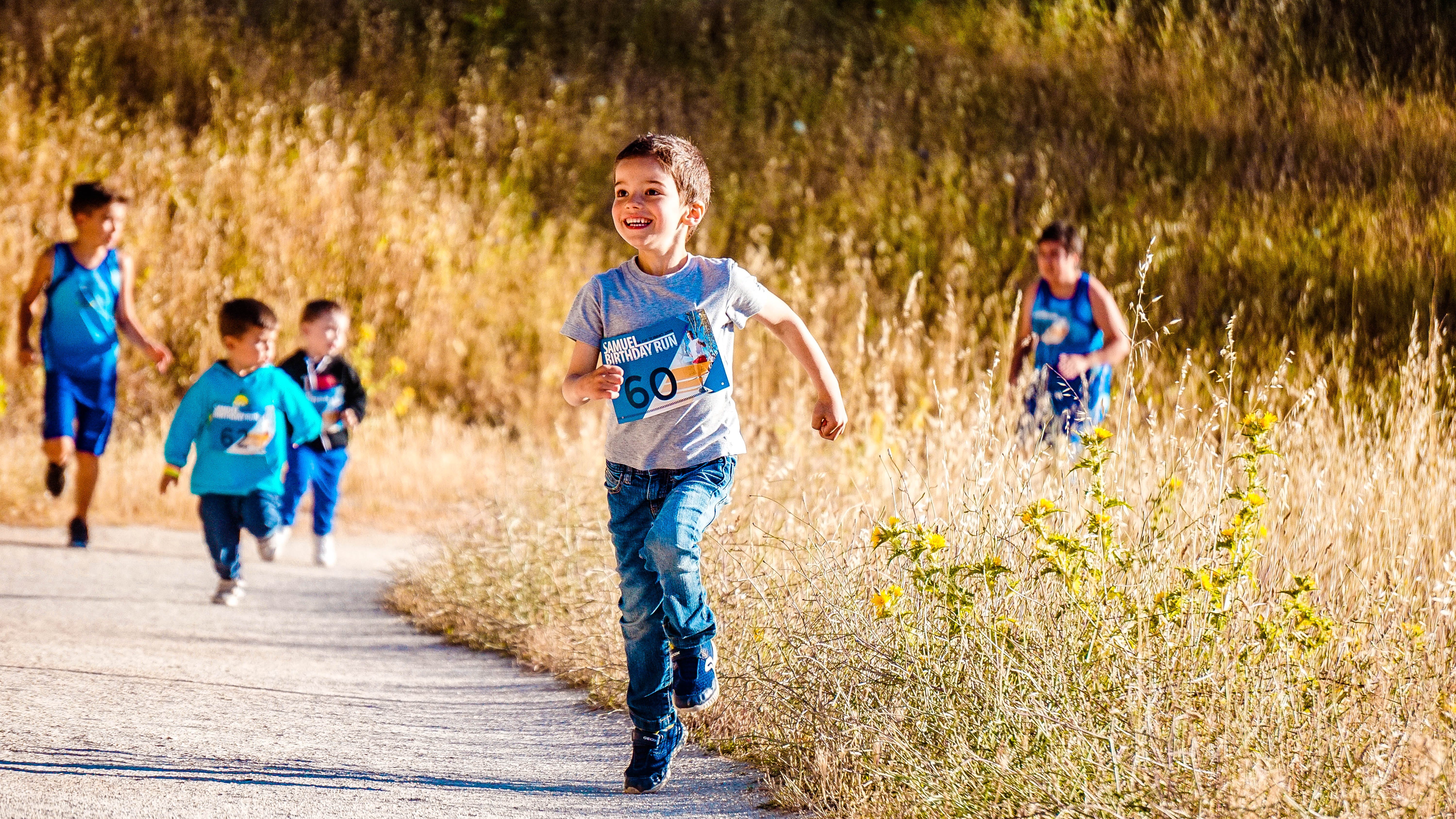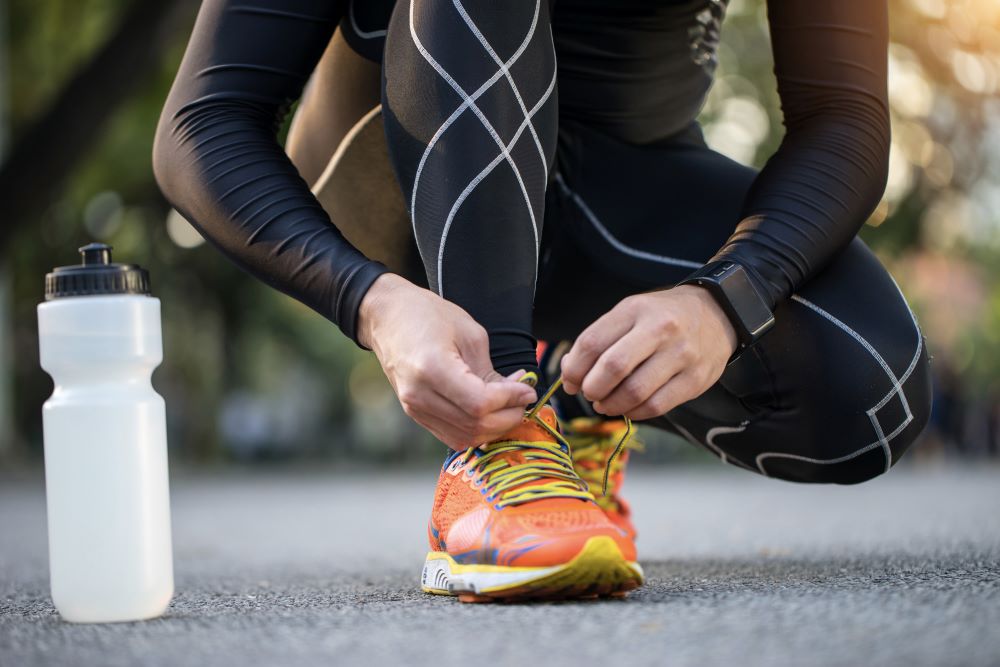Embarking on a half marathon journey is an exhilarating experience that merges dedication, perseverance, and the right gear. Among the essentials, choosing the best half marathon training shoes can make a significant difference in your performance and overall running experience. These shoes are designed to provide optimal support, cushioning, and durability to endure the extensive training miles and the race day itself.
When selecting your perfect pair, it’s crucial to consider factors such as arch support, heel cushioning, breathability, and the type of terrain you’ll be running on. Various brands and models offer unique features tailored to different running styles and foot shapes. Whether you’re a novice runner or an experienced marathoner, the right shoes can help prevent injuries and enhance your comfort.
In this article, we’ll explore the top choices for half marathon training shoes, highlighting their key features and benefits. Our goal is to help you find the perfect pair that aligns with your needs and preferences, ensuring that every step of your journey is a leap towards fitness freedom.
Visit our website to learn more and get started today! Click here.
Importance of Proper Running Shoes

Investing in proper running shoes is more than just a matter of comfort; it’s a crucial step towards preventing injuries and improving your running efficiency. The best half marathon training shoes are designed to provide the necessary support and cushioning that your feet, ankles, and knees need to endure the repetitive impact of running.
Wearing inadequate shoes can lead to a variety of issues such as blisters, plantar fasciitis, shin splints, and even stress fractures. Proper running shoes offer features like arch support, heel stability, and shock absorption that help mitigate these risks. They are crafted to accommodate the unique motions of running, ensuring that your feet remain aligned and your stride remains efficient.
Moreover, the right running shoes can significantly enhance your performance. They can improve your gait, make your steps more efficient, and reduce fatigue by providing better energy return with each stride. This means that not only will you run more comfortably, but you’ll also be able to sustain your pace and endurance for longer periods.
Choosing the correct pair of shoes tailored to your running style and foot structure is an investment in your health and performance. As you prepare for your half marathon, make sure to prioritize finding shoes that offer the right balance of support, cushioning, and durability to help you achieve your running goals.
Key Features of Half Marathon Shoes

When selecting the best half marathon training shoes, it’s essential to focus on specific features that will provide the support and comfort needed for long-distance running. Here are some key features to look for:
- Cushioning: Adequate cushioning is vital to absorb the impact of each stride. Look for shoes with high-quality midsole materials such as EVA or gel, which offer excellent shock absorption.
- Arch Support: Whether you have high arches, flat feet, or neutral arches, proper arch support helps in maintaining foot alignment and preventing overpronation or supination.
- Heel-Toe Drop: The difference in height between the heel and the toe of the shoe, known as the heel-toe drop, affects your running form. A moderate drop (around 8-12mm) is generally suitable for most runners.
- Breathability: Running long distances causes your feet to sweat. Shoes made with breathable mesh materials will keep your feet cool and dry, reducing the risk of blisters and discomfort.
- Durability: Half marathon training involves logging many miles, so choosing shoes built with durable outsoles and quality upper materials is crucial for longevity.
- Weight: Lightweight shoes can help reduce fatigue over long distances. However, ensure that they still offer sufficient cushioning and support.
- Fit: A proper fit is non-negotiable. Shoes that are too tight can cause blisters, while shoes that are too loose can lead to instability. Make sure there is enough room in the toe box and that the heel is snug.
By paying attention to these key features, you can find a pair of running shoes that will not only enhance your performance but also keep your feet healthy and comfortable throughout your half marathon training journey.
Top Recommended Half Marathon Shoes
Choosing the best half marathon training shoes can be overwhelming with so many options available. To make your decision easier, we have compiled a list of top recommended shoes that consistently receive high praise from runners and experts alike:
- Nike Air Zoom Pegasus: Known for its versatility and exceptional cushioning, the Pegasus series is a favorite among runners. The responsive foam midsole and breathable upper make it an excellent choice for long-distance runs.
- Asics Gel-Kayano: This shoe offers outstanding stability and support, making it ideal for runners who overpronate. The gel cushioning system provides excellent shock absorption, ensuring a smooth and comfortable ride.
- Brooks Ghost: With its balanced cushioning and plush feel, the Brooks Ghost series is perfect for neutral runners. The shoe’s seamless fit and durable outsole ensure it can handle the rigors of half marathon training.
- Hoka One One Clifton: Known for its maximal cushioning, the Clifton series is designed to reduce impact and provide a soft, smooth ride. The lightweight design and roomy toe box make it a popular choice for long-distance runners.
- New Balance Fresh Foam 1080: This shoe combines plush cushioning with a supportive fit, making it ideal for long runs. The engineered mesh upper ensures breathability, while the Fresh Foam midsole offers a responsive and comfortable ride.
- Saucony Ride: The Saucony Ride series is celebrated for its balanced cushioning and flexibility. The shoe’s FORMFIT technology adapts to the shape of your foot, providing a personalized fit and superior comfort.
These top recommended shoes have been tried and tested by countless runners, and each offers unique features that cater to different running styles and needs. Selecting one of these pairs will undoubtedly enhance your half marathon training experience.
How to Choose the Right Shoes

Selecting the best half marathon training shoes involves more than just picking the most popular pair. Here are some crucial factors to consider when choosing the right shoes for your training:
- Foot Type: Understanding your foot type is essential. Are you a neutral runner, do you overpronate (feet roll inward), or underpronate (feet roll outward)? Get your gait analyzed at a specialty running store to determine the best shoe type for your biomechanics.
- Cushioning: The level of cushioning you need depends on your personal preference and running style. Some runners prefer a more cushioned shoe for added comfort, while others might opt for a firmer shoe for better ground feel and responsiveness.
- Fit: A proper fit is critical to avoid blisters and discomfort. Ensure there’s enough room in the toe box for your toes to splay naturally. The shoe should hold your foot securely without being too tight.
- Terrain: Consider the type of terrain you’ll be running on. Road running shoes are designed for pavement, while trail running shoes offer more traction and protection for off-road surfaces.
- Weight: Lighter shoes can help you feel faster and more agile, but they often come at the expense of cushioning. Decide what’s more important for your running goals.
- Durability: High-quality running shoes are an investment. Look for shoes with durable outsoles and well-constructed uppers that can withstand the demands of your training.
- Brand and Model: Once you find a brand and model that works well for you, stick with it. Running shoe companies often release updated versions of popular models, so you can continue to enjoy the fit and feel you prefer.
Taking the time to consider these factors will help you find the perfect pair of running shoes that meet your specific needs, ensuring a more enjoyable and injury-free training experience.
Maintaining Your Running Shoes

Once you’ve invested in the best half marathon training shoes, it’s crucial to maintain them properly to extend their lifespan and ensure they continue providing the support and comfort you need. Here are some tips on how to take care of your running shoes:
- Rotate Your Shoes: If possible, have more than one pair of running shoes and rotate them. This allows each pair to fully dry out between runs and reduces wear and tear on a single pair.
- Dry Them Properly: After a run, especially in wet conditions, remove the insoles and stuff your shoes with newspaper to absorb moisture. Avoid putting them in direct heat, as this can damage the materials.
- Clean Them Regularly: Remove dirt and mud by brushing your shoes with a soft brush. For tougher stains, use a mild soap and water solution. Avoid using harsh chemicals or tossing them in the washing machine, as this can degrade the shoe’s structure.
- Check for Wear and Tear: Regularly inspect your shoes for signs of wear, particularly on the soles and uppers. If you notice significant wear, it might be time to replace them to prevent injury.
- Store Them Properly: Keep your shoes in a cool, dry place away from direct sunlight. Avoid leaving them in your car or in other hot environments, as excessive heat can cause the materials to break down.
- Replace When Necessary: Even with proper care, running shoes have a finite lifespan. Most experts recommend replacing your shoes every 300 to 500 miles, depending on your running style, weight, and the type of terrain you run on.
By following these maintenance tips, you can ensure that your running shoes remain in top condition, providing you with the support and comfort you need for every training session. Visit our website to learn more and get started today!


